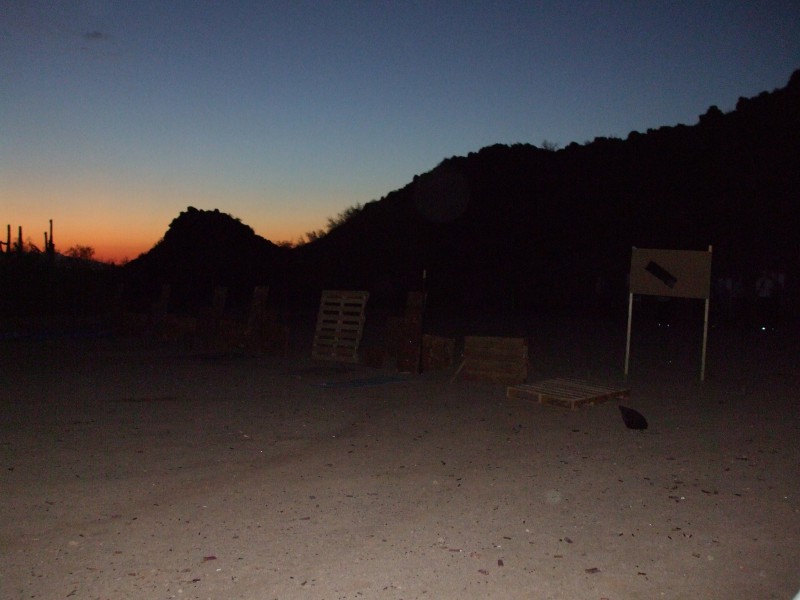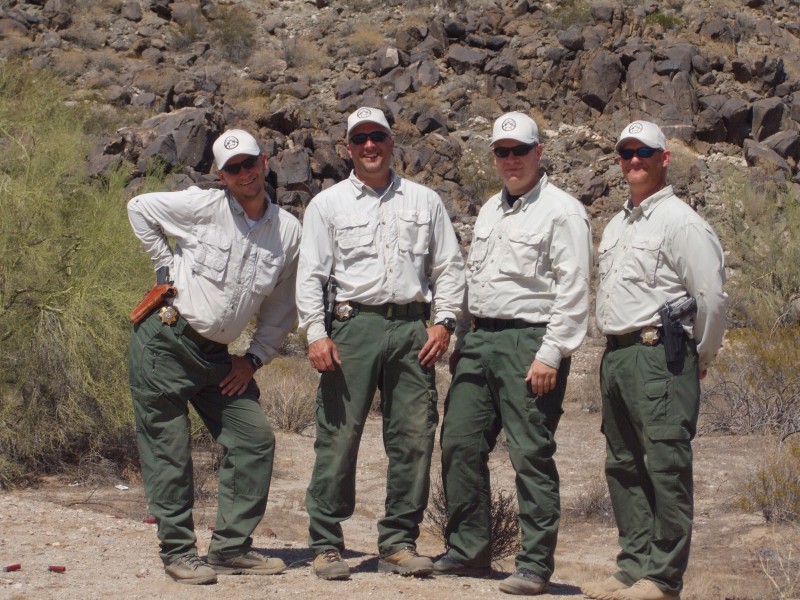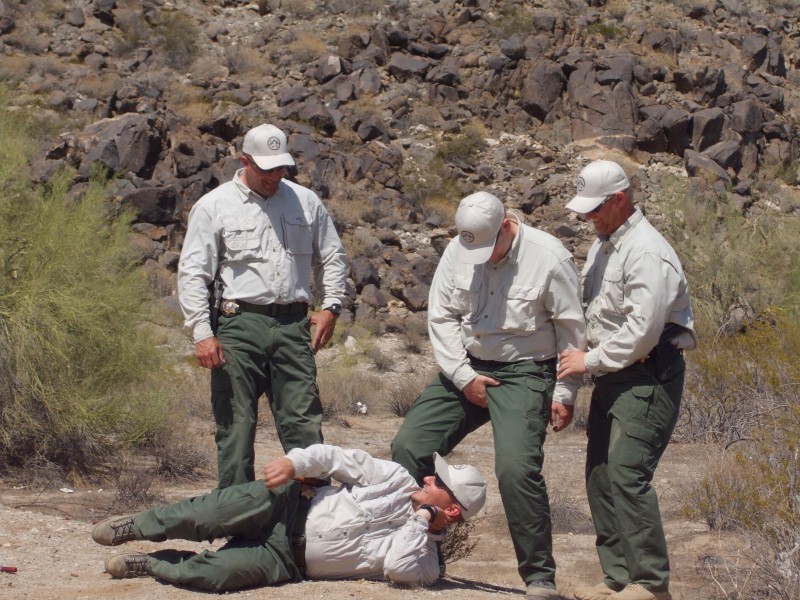We have received a few emails and comments from critics of The Integrity Report who like to categorize us as a small group of “disgruntled ASUPD employees” whose issues aren’t important or legitimate. We also know ASUPD Command Staff and university officials have a similiar perception of the blog–complaints from one or two department members who don’t represent the majority opinion of the department.
The issues discussed here are very relevant to the majority of the department, and have been previously or are currently being discussed by members of ASUPD. Also, the reaction from ASUPD Command staff and university higher-ups have in regard to the blog supports the assertion that the issues discussed here ARE relevant, because many of them have elicited a knee-jerk response on behalf of ASU. Here’s our list of changes at ASUPD brought about as a direct/indirect result of the issues discussed at The Integrity Report:
The Indeed.com Pay Raises:During the Summer of 2013, an ASUPD employee posted a negative job review on the job searching site indeed.com. Soon after, a giant discussion began to brew on indeed’s employer forums area about how miserable people were working at ASUPD (the majority of the posts were subsequently removed by indeed.com, thanks to a call from a member from Command staff to the site’s administrators). Following in the footsteps of indeed.com for The Integrity Report was created for the purpose of continuing the open discussion about ASUPD’s problems.
After the slew of negative publicity about ASUPD continued (and was not able to be stopped), ASUPD decided to give its officers a “pay update” after 5+ years of pay freezes. The timing of the pay raise was very coincidental, especially considering that employees had broached the issues of a pay raise since 2009, only to be dismissed by Chief Pickens.
Resurrection of the Chief’s Advisory Board: The Chief’s Advisory Board is a tool where a select group of people chosen by the Chief go to voice their concerns over departmental issues , in hopes of some resolution. The Board has been around for years, but essentially went defunct in 2009. However, in September of 2013–directly following the indeed.com and blog scandals–the Chief’s Advisory Board sprang back to life. Pickens’ sent out a department wide email promising to use the board to resolve issues and move the department in a positive direction. Since the advisory board has come back, it has only met a handful of times, and none of the suggestions on improving the department have been implemented (other than getting rid of the mosquito problem in Tempe 103).
ASUPD’s involvement with HR: In an effort to straighten out ASUPD’s problems (and perhaps quash the flow of information to the blog), the head of ASU’s Human Resources, Kevin Salcido, began to look into the situation at the PD. Many felt (us included) that Salcido was genuinely interested in helping the PD; he listened to the concerns of at least 10 previous and current employees and stated that he would “look into”problems that were reoccurring. However, after plainly stating he was not formally investigating anyone in the PD, it became apparent Salcido was only interested in intel gathering from these “disgruntled employees”, mentioning the blog to several employees.
Employees can’t access their email on days off, post old schedules: One of our posts (where we released an old schedule to show how dangerously low staffing levels are) prompted an email to be sent to all PD employees from Kevin Salcido. This email first discussed all the things the department is doing to turn itself around (none of which have made a positive impact), and went on to state that posting an old schedule was a “security” concern and could result in termination. Shortly after this email, another email was sent to department employees forbidding them from accessing their email on their days off.
ASUPD tried several tactics to bolster staffing numbers: Following the slew of posts made about ASU’s low staffing numbers, as well as the discussion in the Chief’s Advisory Board, ASU posted a job opening for a PD recruiter position on indeed.com, as well as started an employee referral program., and created a recruiting video and brochure.
ASUPD kicked off it’s “2014 Apology Tour”: Chief Pickens held mandatory meetings at each of the satellite campuses in his first even “Apology Tour”. He felt the need to tell all of his supposed disgruntled employees personally how hard he was working to improve the department, and how much he cares about each of his employees in an effort to preserve his job. Prior to the blog, Pickens would rarely go to any of the satellite campuses, especially not for a positive reason.
ASUPD starts taking training seriously: We have emphasized the important of training a lot here, especially in regards how poorly training your employees opens up your department for civil liability. After years of arbitrarily assigning officers/PAs to train new employees (without any formal training on how to properly do so), ASUPD has been actually sending their sworn and civilian employees to the appropriate training.
Recently, all of ASUPD’s supervisors also had some legal training from ASUPD’s legal advisers, Ginn and Edwards. The topic of discussion was none other than civil liability for supervisors! After year and years of improper training and supervision, it seems quite odd that ASUPD finally broached the issue now?
ASUPD’s “Start By Believing”: Again, the sudden emphasis on sexual violence victims comes on the heels of an article we posted on the safety of students on campus under Title IX, as well as an article about how ASUPD omitted or incorrectly reported the number of sex offenses reported under the Clery Act.
This blog and its issues have helped to set the stage for change, but it has happened because of all of ASUPD’s employees who refuse to get treated poorly, who refuse to work in a hostile environment, and who don’t accept the status quo! Thanks all for disseminating this blog and its issues to the entire AZ LE community (and also the rest of the world); it has shamed ASUPD into slowly changing their ways. However, there are still more hard issues worth discussing and battles worth waging in the near future, so stay tuned.



